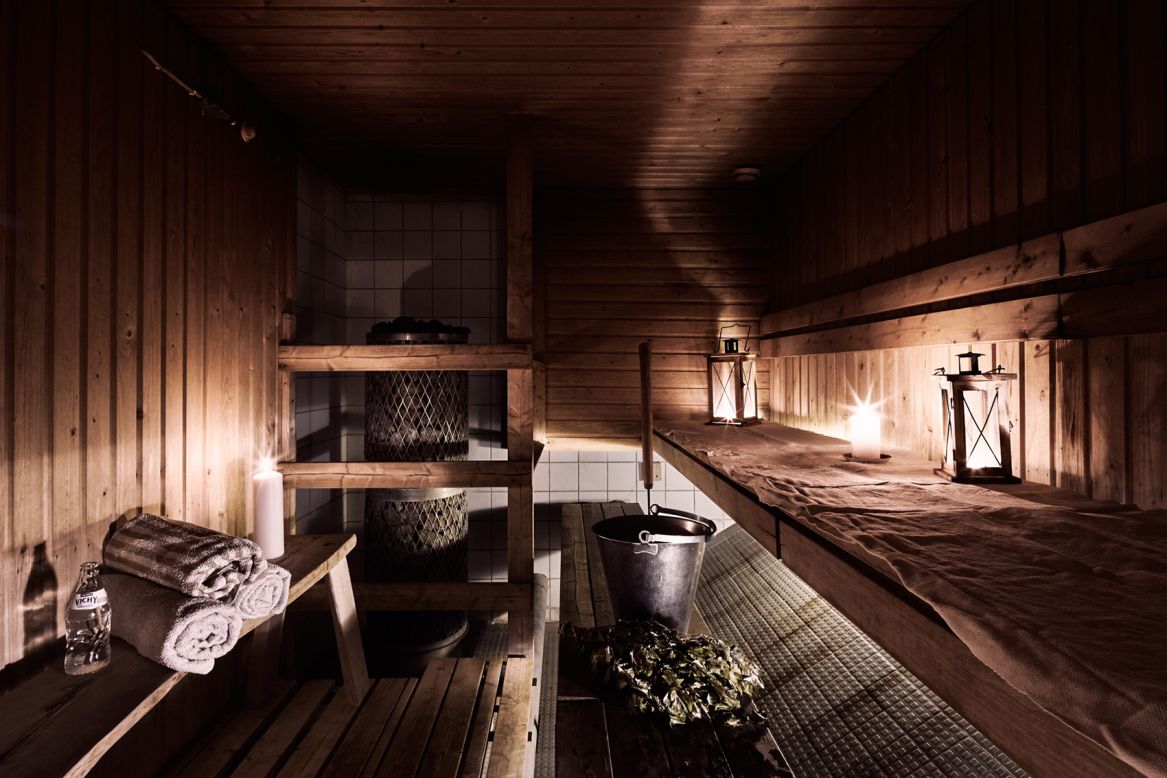The Definitive Guide for Traditional Sauna
The Definitive Guide for Traditional Sauna
Blog Article
Not known Facts About Traditional Sauna
Table of ContentsThe smart Trick of Traditional Sauna That Nobody is Talking AboutThe 7-Second Trick For Traditional Sauna10 Simple Techniques For Traditional SaunaTraditional Sauna Things To Know Before You Get ThisIndicators on Traditional Sauna You Should Know
Most of the weight lost in a sauna is water loss and is re-gained upon rehydrating. Without a doubt sauna can be an important component of a healthy weight loss program. To check out the distinctions in between typical and IR saunas, I will divide these right into proven, theoretical, and made differences.Therefore, the hottest factor in the saunawhich is at the ceiling straight above the sauna heateris usually between 185 and 190 F. Claims that a traditional sauna goes beyond 200 F is simply not real and not suitable for electric saunas offered in the US. The temperature level for a far-infrared sauna is typically established in between 120 and 140 F; nonetheless, unlike the conventional sauna, the objective in and IR space is not to attain a heat.
Because of this, the temperature level difference is virtually pointless, given that excessive sweating results in both sauna types, yet the approach of heating the body is various. In an IR sauna the bather will certainly feel warm and will certainly sweat profusely, yet at much lower temperature levels (Traditional Sauna). Therefore, if the goal is to invest longer time periods in the sauna, the IR sauna is a good option
When a traditional sauna has actually been properly heated up, the sauna wall surfaces are cozy, the air temperature has actually achieved set temperature and the rocks are incredibly warmed. As an interesting side note, the warmed walls and the rocks are discharging far-infrared warm, integrated with the warmed air, to develop an "covering warmth".
Unknown Facts About Traditional Sauna

When the heat is achieved, the components cycle on and off to preserve the high temperature. Many typical sauna individuals take pleasure in pouring water over the rocks to create vapor to increase sauna humidity levels. The advantages of pouring water over the rocks include: making the area a lot more comfortable, moistening the nasal flows, and enabling the use of aromatherapy by blending crucial oils with the water.

When the power goes into the body, it creates the body temperature to raise and ultimately results in sweat. In an infrared sauna it is very important for the emitters/heaters to remain on practically continuously. Since there is no mass of rocks to keep warmth, the sauna will cool if the emitters closed off.
As discussed over, the sauna bather in an infrared room wishes to place himself in front of operating emitters to obtain optimal gain from the warm. The home heating time for the 2 spaces can be very various, relying on exactly how the areas are used. For a typical sauna, a bather should enable 30-40 mins for the area to achieve a preferred temperature level and to correctly pre-heat the rocks.
Traditional Sauna Fundamentals Explained
A well created sauna will typically attain a temperature level of 150-160 F in concerning 30-40 mins. For hotter temperature levels, the space may require to warmth for a longer duration.

Conventional saunas tend to be bigger (therefore utilize more electricity) than infrared saunas, article although standard saunas are certainly offered in one and 2 person sizes. For a two-person typical sauna, 5x6 or 5x7 dimension is most popular. The leading bench can easily seat two or three individuals and is also long enough to exist down during the sauna session.
The Buzz on Traditional Sauna
The typical price per kWH of power in the U.S. is roughly $0.11, so a 4.5 kW heating unit will certainly set you back about $.50 to compete one hour, if the heating unit runs continuously visit site for one hour. Typically a sauna heater will compete 75% of the very first hour and 50% of succeeding hours on since the aspects cycle once the set temperature is achieved.

Finally, there is a hardly ever reviewed distinction in the social experience between the two areas. While our society has actually lost some of the social benefit of the typical sauna experience, it can be extremely socially satisfying (Traditional Sauna). From family time in the sauna, to heart-felt discussions with better halves, to sauna partiesthe conventional sauna experience can lead to intimate mingling
How Traditional Sauna can Save You Time, Stress, and Money.
The majority of higher end infrared spaces include tinted light treatment, audio systems and full-glass fronts.
Report this page